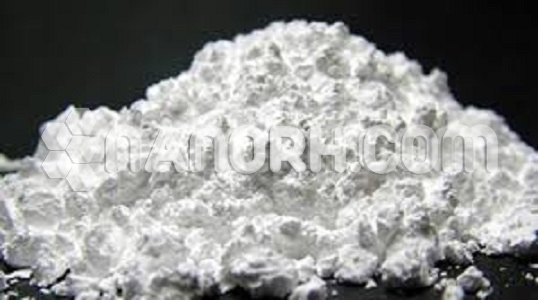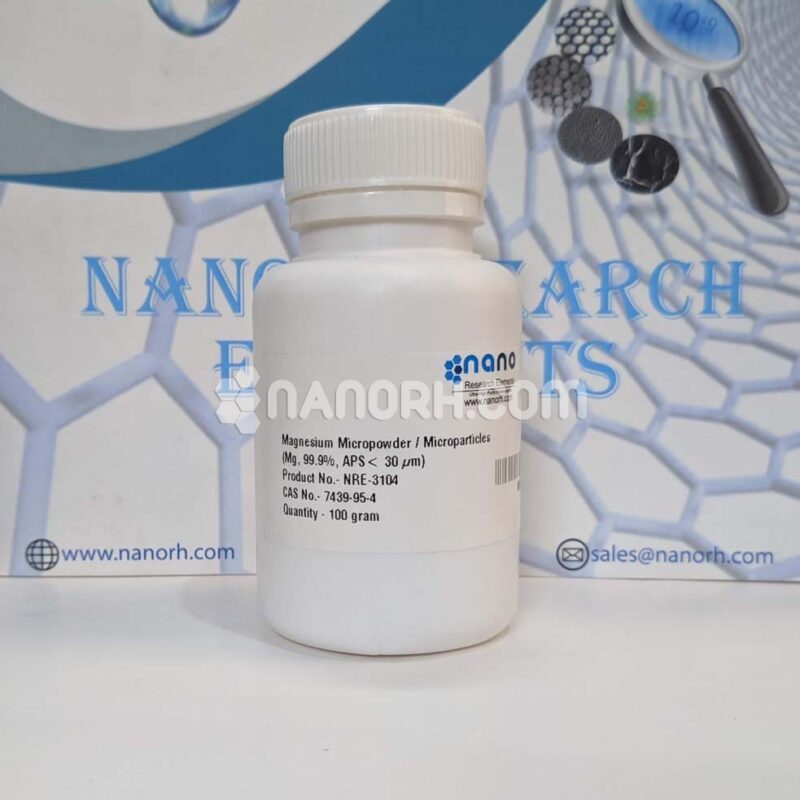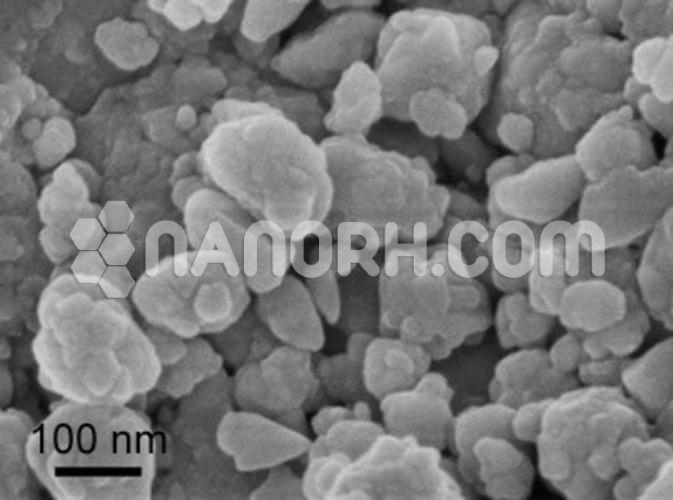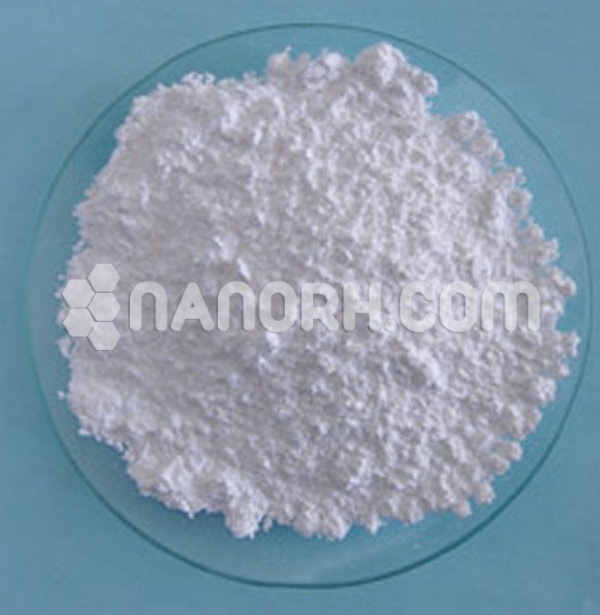| Gallium Sulfate | |
| Product No | NRE-11101 |
| CAS No. | 13494-91-2 |
| Formula | Ga2(SO4)3 |
| Molecular Weight | 427.63g/mol |
| APS | 60-70µm (can be customized) |
| Purity | 99.9% |
| Density | 3.86 g/cm3 |
| Color | White |
| Melting Point | 749 °C |
| Boiling Point | NA |
Gallium Sulfate
Gallium sulfate is a chemical compound composed of gallium and sulfate with the molecular formula Ga2(SO4)3. It is generally found in its solid form as a white powder. While not as commonly known as some other chemical compounds, gallium sulfate does have some applications in various fields. Some of its applications include:
Chemical Synthesis: Gallium sulfate is often used in chemical synthesis and as a reagent in various chemical reactions. It can act as a catalyst in certain reactions and can be a component in the synthesis of other compounds.
Medical Uses: Gallium salts, including gallium sulfate, have shown potential applications in medicine. Gallium compounds have been studied for their antimicrobial properties, and some research has shown their potential use in treating certain types of infections.
Electronics and Semiconductors: Gallium-based compounds are used in the electronics industry, especially in the development of semiconductors. Gallium itself is commonly used in the production of gallium arsenide, a compound used in the manufacture of electronic devices such as microwave circuits, high-speed switching circuits, and infrared circuits.
Research and Development: Gallium sulfate, like other gallium compounds, is used in various research and development applications. It may be used as a reference material, or for specific research purposes in chemistry, material science, or other related fields.
Catalysis: Ga2(SO4)3 can act as a catalyst in various chemical reactions. Its catalytic properties are utilized in the production of certain chemicals or in processes where the presence of a catalyst is necessary to facilitate the reaction.
Photography: While traditional photography has largely been replaced by digital technologies, gallium salts have historically been used in photographic applications, particularly in the development of certain types of photographic films and papers.




